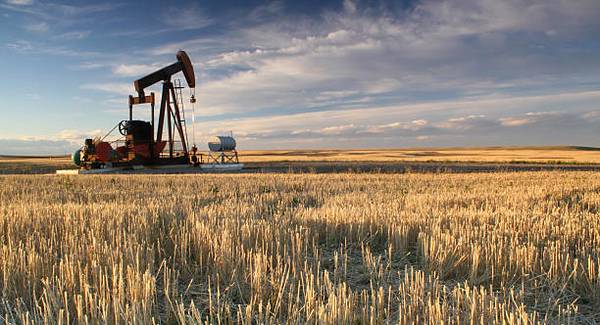Canada plans to limit GHG emissions from oil and gas sector
The Canadian government has proposed a cap-and-trade framework to reduce greenhouse gas (GHG) emissions from the country’s upstream oil and gas sector including offshore facilities, by using a carbon trading mechanism.
 PHOTO: An oil pumpjack in Alberta, Canada. Getty Images
PHOTO: An oil pumpjack in Alberta, Canada. Getty Images
Cap-and-trade is a market-based approach in which regulatory bodies allocate a specific quantity of emissions allowance, incorporating few “compliance flexibilities.” These allowances collectively act as a cap on emissions from covered sources.
The regulatory framework put forward for the oil and gas sector “sets a limit on pollution, not production,” the official draft stated.
The proposed scheme aims to reduce emissions from the sector by 35-38% compared to 2019 emission levels by 2030, according to the draft. “The greenhouse gas pollution cap puts a limit on the amount that the sector can pollute and will be key to making sure we reduce our emissions as a country, on the road to reaching net zero by 2050,” it stated.
The proposed emissions cap-and-trade system would encompass LNG facilities and upstream oil and gas facilities, including offshore operations. These sub-sectors account for a major chunk of emissions from the Canadian oil and gas sector, with the upstream sub-sector alone representing 85% of sector emissions in 2021. Additionally, the anticipated growth in LNG production is expected to contribute to a significant portion of these emissions.
This cap-and-trade system will allow Canadian oil and gas companies to either buy a “limited amount” of carbon offset credits or participate in a decarbonisation fund. This fund will hold these oil and gas companies responsible for a specific volume of emissions beyond the established pollution cap, according to the draft.
These “compliance flexibility” measures are designed to facilitate GHG emission reduction efforts in two ways, the draft mentions. “Offsets will result in reductions in other sectors and proceeds from the decarbonization fund will be reinvested to support emissions reductions within the oil and gas sector".
Canada aims to implement this regulation by 2025. As per the draft, oil and gas facilities in Canada are required to register themselves before the end of 2025 or before they release GHG emissions as a result of carrying out any activity after 1 January 2026.
The Canadian government has invited written submissions in response to the proposed document until 5 February 2024. After reviewing the feedback, it expects to publish the proposed regulations next year
By Aparupa Mazumder
Please get in touch with comments or additional info to news@engine.online






